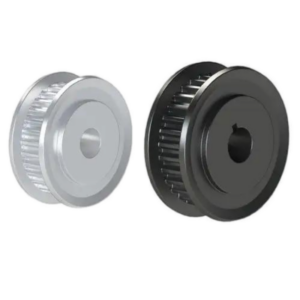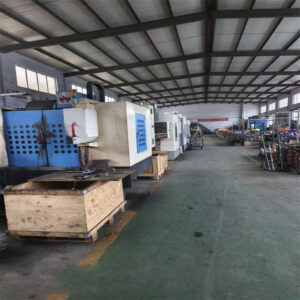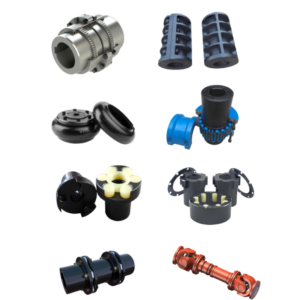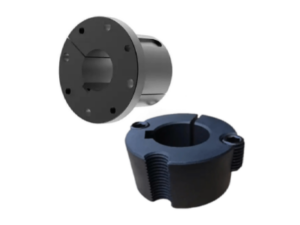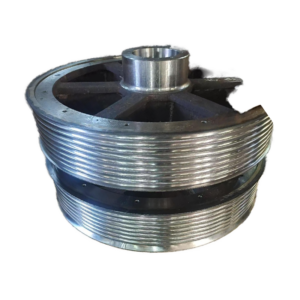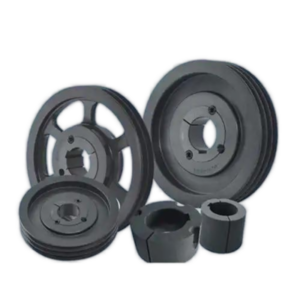Customers choose to purchase straight-bore pulleys (i.e., pulleys with a plain round hole and no keyway or other fixing structure) for the following reasons:
1. Cost Considerations
- Lower Price: Straight-bore pulleys have a simpler structure and lower machining costs, making them suitable for budget-conscious customers.
- High Versatility: They do not require matching a specific keyway or thread and can adapt to various shaft diameters (when used with bushings, set screws, or clamping devices).
2. Ease of Installation
- Quick Setup: The straight-bore design allows for fastening via set screws, clamping sleeves (bushings), or flange pressure, eliminating the need to align keyways.
- Temporary or Testing Scenarios: Ideal for equipment that requires frequent changes or adjustments.
3. Shaft Compatibility Flexibility
- Fits Multiple Shaft Sizes: By adding a bushing or taper lock, the same pulley can fit different shaft diameters (e.g., straight bore + tapered sleeve).
- Avoids Keyway Machining: In some cases, customers may prefer not to machine a keyway on the shaft (e.g., thin-walled or high-precision shafts).
4. Low-Torque Applications
- Light-Duty Use: Straight-bore pulleys transmit power through friction and are suitable for low-torque, non-impact applications (e.g., small fans, conveyors).
- Auxiliary Fixing Methods: With anti-slip coatings, double set screws, or clamping mechanisms, they can handle moderate torque requirements.
5. Special Design Needs
- Space Constraints: In compact equipment, straight-bore designs may be easier to install.
- Customization: Customers may machine their own keyways or fixing structures (e.g., drilling and tapping), making straight-bore pulleys a flexible option for secondary processing.
6. Industry or Historical Practices
- Legacy Equipment Maintenance: Older machinery may use straight-bore designs, prompting customers to purchase them for compatibility.
- Industry-Specific Standards: Some industries (e.g., agricultural machinery, simple conveyors) have lower precision requirements, making straight-bore pulleys sufficient.
Key Considerations:
- Reliability Concerns: Straight-bore pulleys are prone to loosening under heavy loads, high vibration, or high torque, so they should be used cautiously.
- Mounting Methods: Ensure the quality of auxiliary fixing components (e.g., set screws, clamping sleeves) to prevent slippage or wear.
In summary, the continued use of straight-bore pulleys reflects market demand for low cost, flexibility, and easy installation, especially in light industrial or non-critical applications. However, for high-load scenarios, keyed or tapered-bore pulleys remain the more reliable choice.

